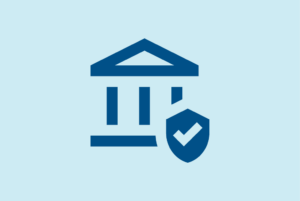“When it comes to the COVID-19 pandemic, there’s no doubt in my mind that if Prime was not here, the surge would have crushed this hospital … We were able to pivot quickly — from securing massive amounts of PPE for staff and patients, to getting a federal DMAT team, to expanding ICU capacity, flexing beds, and even standing up care tents in our parking lot.”
– Dan Jones, CPPS, FACHE, CEO, St. Francis Medical Center
The COVID-19 pandemic has demonstrated that integrated health systems are often vital resources when responding to a public health crisis. The ability to seamlessly shift supplies and staffing to harder hit facilities, and — in some cases — to designate COVID-19 and non-COVID-19 facilities, gave many hospitals the flexibility to manage scarce resources during this crisis.
According to a new report by Kaufman Hall, hospitals that had integrated with academic medical centers also cited their ability to participate in treatment and vaccine trials, and to have access to the latest care protocols in treating COVID-19 patients, as real benefits to the health of the patients and communities they serve. Although research on the relationship between integration and the response to the COVID-19 pandemic is still in the formative stages, a March 2021 article in Health Affairs by noted health care futurists Jeff Goldsmith and Ian Morrison suggests that multi-hospital health systems appear to have made a “decisive difference” in the pandemic.
According to Goldsmith and Morrison, the scale and geographic reach of integrated systems were “a big advantage” as facilities quickly responded to the pandemic. For example, the sophisticated IT infrastructure and expertise of multi-hospital systems made possible their rapid transition to telehealth in the early days of the pandemic. Similarly, the community-wide reach of health systems enabled these organizations to aggressively vaccinate thousands of caregivers within days of vaccines becoming available.

